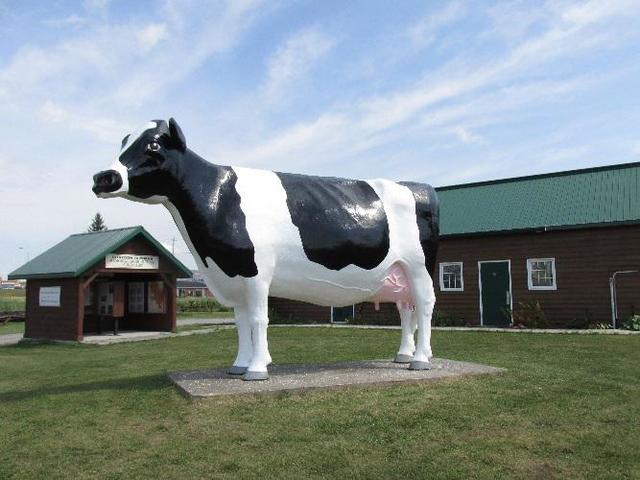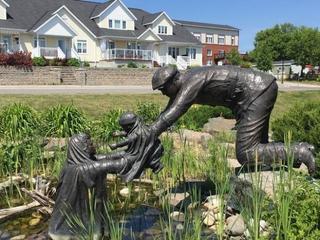The Great Fire of 1922 was a wildfire burning through the Little Clay Belt in the Timiskaming District, Ontario, Canada, from October 4 to 5, 1922. It has been called one of the ten worst natural disasters in Canadian history.
The preceding summer had been unusually hot and dry. Fire rangers anticipating the upcoming "burn" season, had requested to stay in the area but permission was not granted. They left at the end of the fire season in mid-September, leaving the area without fire protection services. In the fall when burning permits were no longer required, farmers and settlers started to set small brush fires to clear the land. But the dry conditions had persisted and on October 4, the wind turned into hurricane-force gales, fanning the flames out of control and combining the bush fires into one large inferno.
Over two days, the fire consumed an area of 1,680 square kilometres (650 sq mi), affecting 18 townships in Ontario. It completely destroyed the communities of North Cobalt, Charlton, Thornloe, Heaslip, and numerous smaller settlements. In all 43 people died.
One of the hardest hit towns was Haileybury, which burnt down within 3 to 6 hours. Thick smoke caused panic and confusion. The town's residents were forced to take refuge in the cold waters of Lake Temiskaming and cover themselves with wet blankets. The fire destroyed over 90% of the town, killing 11 residents, leaving 35,000 people homeless, and causing $2 million of damage.
Ernie Fauvelle was born and raised in the Temiskaming Shores area of Northern Ontario, one of Canada's more important mining, lumbering and farming districts, and is now living in Haileybury, Ontario.
His own experiences and the stories told by his father and other pioneers, have given a special realism to his art.
He discovered the magic of clay in the early seventies and since then has been working full time in his studio creating his unique sculptures, original, one-of-a-kind pieces along with a successful line of Limited Edition pieces.
He calls his work "narrative sculpture" and favour portrayals of those who work in mining, logging and the early settlers of the area. His work is in many private and corporate collections around the world.


